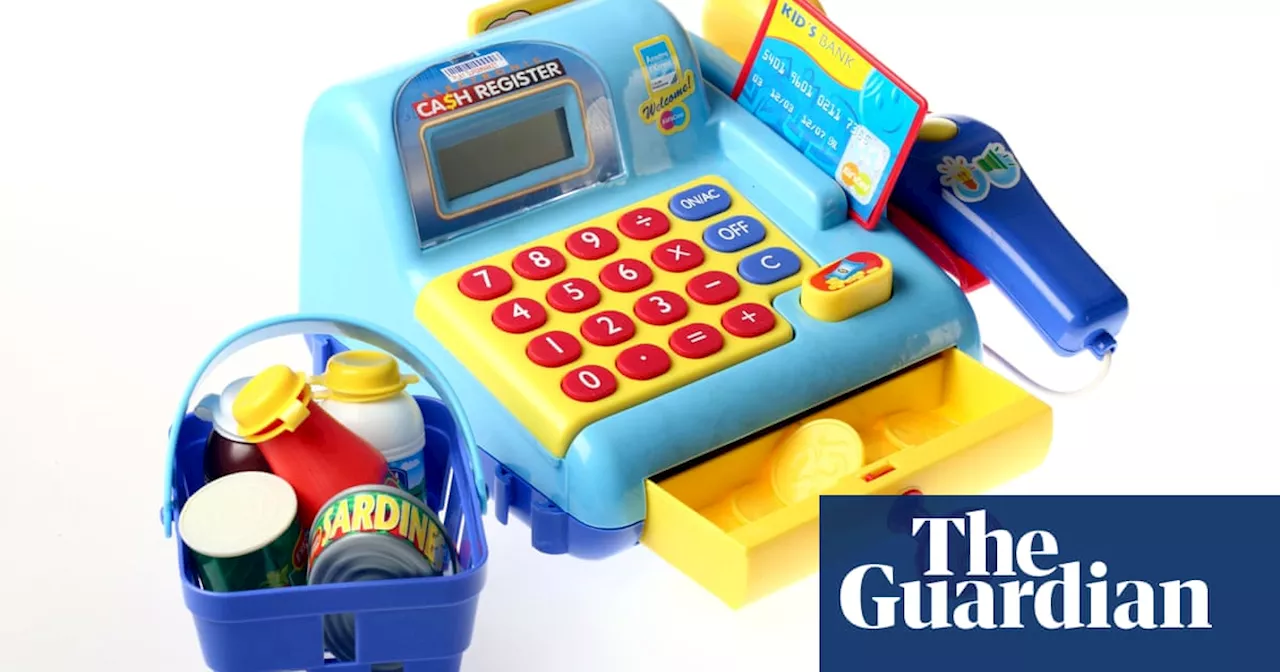A consumer report has found dynamic power prices such as time-of-use and demand tariffs were largely failing to help consumers or the broader grid.
Dynamic electricity prices like time-of-use tariffs are often costing consumers more, in particular poorer households, according to a new report.
Among them are time-of-use tariffs, which charge people more for power at peak times and less at others. "On average, these two appliances would likely account for no more than 10 per cent of home energy use," ECA wrote in its report.It said this was a "worrying" finding given the importance of heating and cooling to health and the typically patchier insulation in low-income homes.Like millions of Australians, Doreen Fawcett is grappling with a nightmare of unwanted power bill complexity. Calls for simplification are growing.
"Australian homes are generally poorly insulated, and maintaining a comfortable internal temperature is very important for health." Across Australia, huge numbers of consumers are slowly waking up to the presence of mysterious new power charges on their bills. "Without this, demand tariffs plans are unlikely to change customer behaviour .Meanwhile, the Australian Competition and Consumer Commission said the growing complexity of power pricing made it increasingly difficult for many consumers to make head or tails of the market.
ECA said it would be important for those consumers — and the broader electricity system — to foster such changes and encourage households able to benefit from dynamic pricing.Despite this, it sounded a note of caution, warning that many other households would be unable to ever afford such options and should not be unduly punished.
Smart Meter Time-Of-Use Tariffs Demand Tariffs Smart Appliances Solar Rooftop Solar Energy Industry Smart Tech Comumer Protection Utility Prices Cost Of Living Electricity Use Cost Of Aircon Cost Of Heating
Australia Latest News, Australia Headlines
Similar News:You can also read news stories similar to this one that we have collected from other news sources.
 Australia's Liquor Industry Struggles Amid Changing Consumer HabitsAustralia's liquor industry is facing a downturn, with sales declining over the past few years. This trend is attributed to changing attitudes among younger generations who are choosing to spend their money elsewhere.
Australia's Liquor Industry Struggles Amid Changing Consumer HabitsAustralia's liquor industry is facing a downturn, with sales declining over the past few years. This trend is attributed to changing attitudes among younger generations who are choosing to spend their money elsewhere.
Read more »
 Why the consumer watchdog says you could be missing out on electricity savingsThe ACCC says millions of Australians could be missing out on a better deal by sticking with their current energy plan instead of shopping around or asking their provider for a better deal.
Why the consumer watchdog says you could be missing out on electricity savingsThe ACCC says millions of Australians could be missing out on a better deal by sticking with their current energy plan instead of shopping around or asking their provider for a better deal.
Read more »
 Barcode Era Ends: Square Code to Revolutionize Retail and Consumer ExperienceThe humble barcode, a staple of retail for over 50 years, is on its way out. GS1, the global organization overseeing barcodes, is phasing out standard barcodes by 2027, replacing them with a next-generation 2D barcode. This new square code, similar to a QR code, will store significantly more information, benefiting both consumers and retailers.
Barcode Era Ends: Square Code to Revolutionize Retail and Consumer ExperienceThe humble barcode, a staple of retail for over 50 years, is on its way out. GS1, the global organization overseeing barcodes, is phasing out standard barcodes by 2027, replacing them with a next-generation 2D barcode. This new square code, similar to a QR code, will store significantly more information, benefiting both consumers and retailers.
Read more »
 Australian Shares Climb for Fourth Day Amid Consumer OptimismAustralian shares rose for a fourth straight session, driven by the consumer discretionary sector as traders anticipate improved market sentiment in the new year. The S&P/ASX 200 Index gained 0.3%, boosted by consumer confidence, technology stocks, and domestically oriented sectors like healthcare. The Australian dollar also strengthened overnight.
Australian Shares Climb for Fourth Day Amid Consumer OptimismAustralian shares rose for a fourth straight session, driven by the consumer discretionary sector as traders anticipate improved market sentiment in the new year. The S&P/ASX 200 Index gained 0.3%, boosted by consumer confidence, technology stocks, and domestically oriented sectors like healthcare. The Australian dollar also strengthened overnight.
Read more »
 Gift Card Leftovers: Can Merchants Keep Your Remaining Balance?This article explores the frustrating reality of unused gift card balances and consumer rights surrounding them. It delves into why many stores sell gift cards with values that don't align with their products and discusses the lack of consumer protection for remaining balances.
Gift Card Leftovers: Can Merchants Keep Your Remaining Balance?This article explores the frustrating reality of unused gift card balances and consumer rights surrounding them. It delves into why many stores sell gift cards with values that don't align with their products and discusses the lack of consumer protection for remaining balances.
Read more »
 CES 2025: A Sneak Peek at the Future of TVsThe Consumer Electronics Show (CES) 2025 showcased the latest advancements in consumer electronics, with TVs taking center stage. We explore the biggest innovations, including massive screen sizes, AI-powered features, transparent displays, and wireless connectivity.
CES 2025: A Sneak Peek at the Future of TVsThe Consumer Electronics Show (CES) 2025 showcased the latest advancements in consumer electronics, with TVs taking center stage. We explore the biggest innovations, including massive screen sizes, AI-powered features, transparent displays, and wireless connectivity.
Read more »
